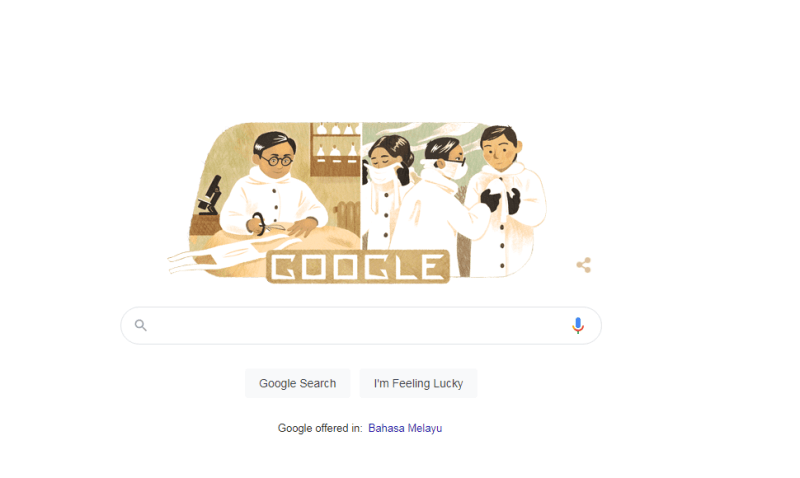Following his doctoral studies, he accepted a position as the vice director for China’s Imperial Army Medical College in 1908. When an unknown epidemic afflicted north-western China in 1910, the Chinese government appointed Wu to investigate the disease, which he identified as the highly contagious pneumonic plague that spread from human to human through respiratory transmission.
To combat the disease, Wu designed and produced a special surgical mask with cotton and gauze, adding several layers of cloth to filter inhalations. He advised people to wear his newly invented mask and worked with government officials to establish quarantine stations and hospitals, restrict travel, and apply progressive sterilization techniques; his leadership contributed greatly to the end of the pandemic (known as the Manchurian plague) by April 1911—within four months of being tasked with controlling its spread.
In 1915, Wu founded the Chinese Medical Association, the country’s largest and oldest non-governmental medical organization. In 1935, he was the first Malaysian—and the first person of Chinese descent–nominated for the Nobel Prize in Physiology or Medicine for his work to control the pneumonic plague. A devoted advocate and practitioner of medical advancement, Wu’s efforts not only changed public health in China but that of the entire world.







